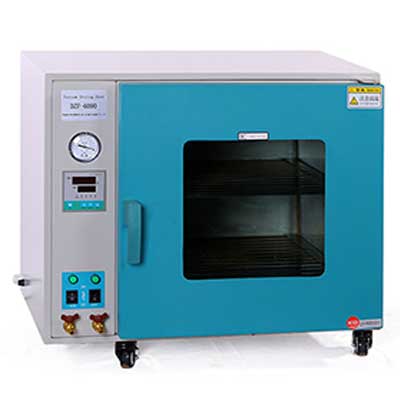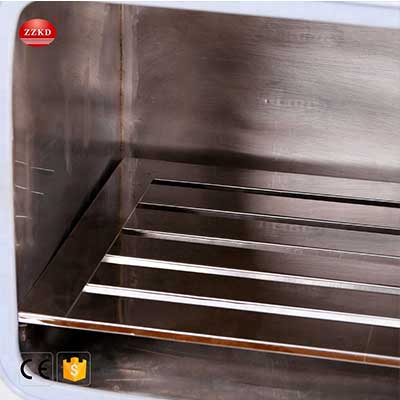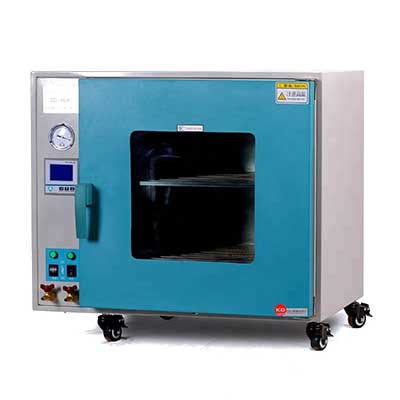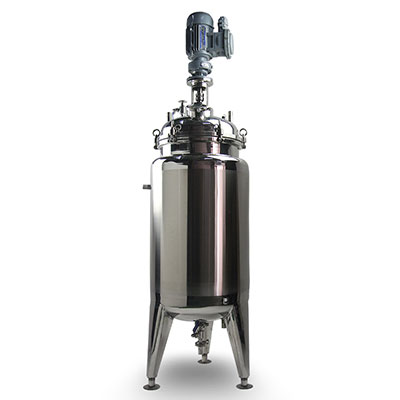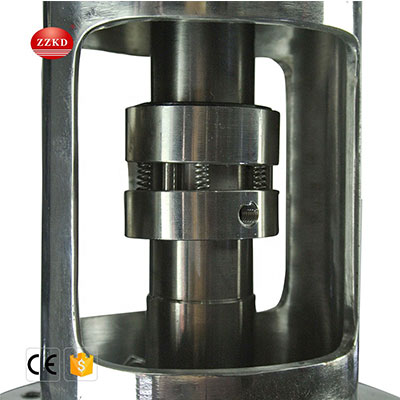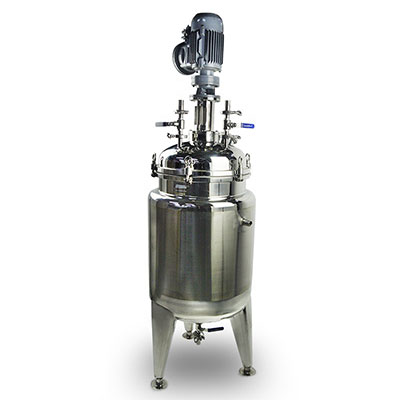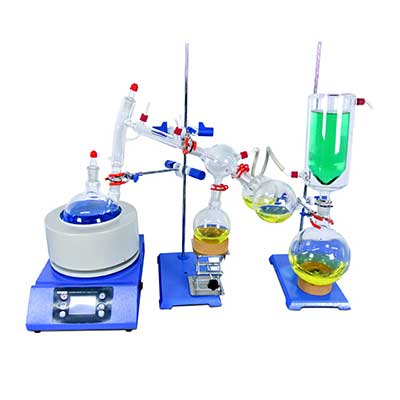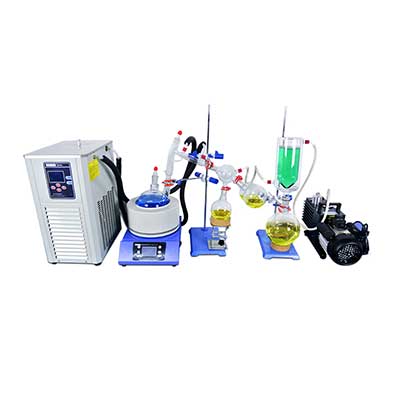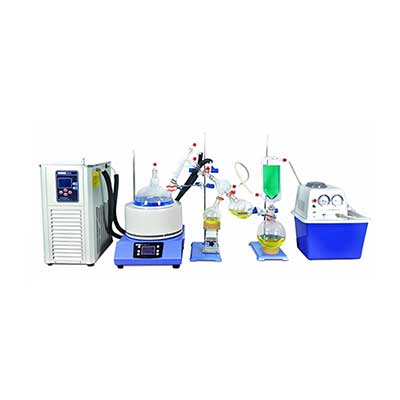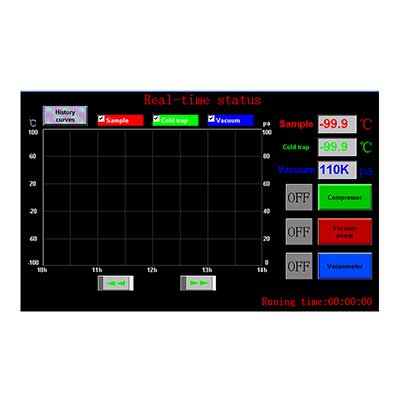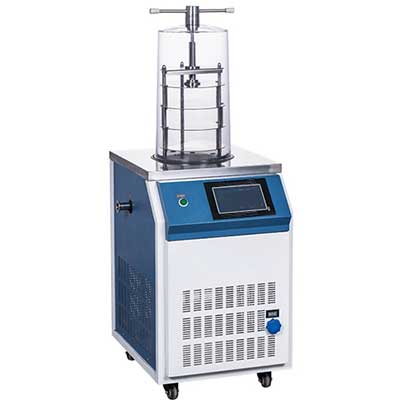-
WhatsApp
-
Email
The 10L Jacketed Glass Reactor Vessel is a quintessential example of the advancements in glass reflux condenser reactor technology. These reactors have revolutionized laboratory procedures, offering unparalleled precision and control. The essence of a glass reflux condenser reactor lies in its ability to provide efficient and consistent results in various chemical processes.
Introduction to Glass Reflux Condenser Reactors
Glass reflux condenser reactors are meticulously designed to ensure optimal performance. Their construction involves high-quality, heat-resistant glass materials, which provide a clear view of the reactions taking place inside. The design integrates both the reactor vessel and the condenser, allowing for a compact and efficient setup.
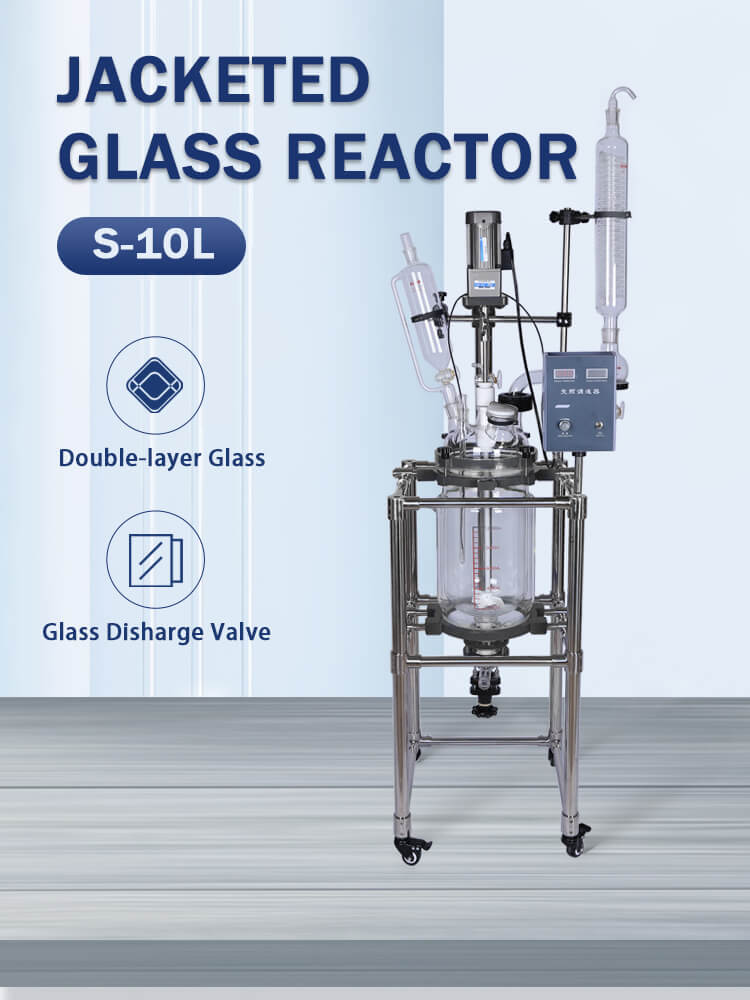
Key Components
Every component of a glass reflux condenser reactor is crafted for functionality and durability. The reactor's core part, typically made of borosilicate glass, resists thermal shock and chemical corrosion. The condenser, positioned atop the reactor, efficiently cools vapors back into liquid form, ensuring no loss of material.
Operating Principles
The operation of glass reflux condenser reactors is based on the principle of reflux, a method where vaporized compounds are condensed and returned to the system. This process enables continuous reaction and purification, crucial for complex chemical syntheses.
Temperature Control
One of the critical aspects of using a glass reflux condenser reactor is maintaining precise temperature control. This is achieved through the jacketed design, which allows for heating or cooling fluids to circulate around the reactor, thus regulating the internal temperature.
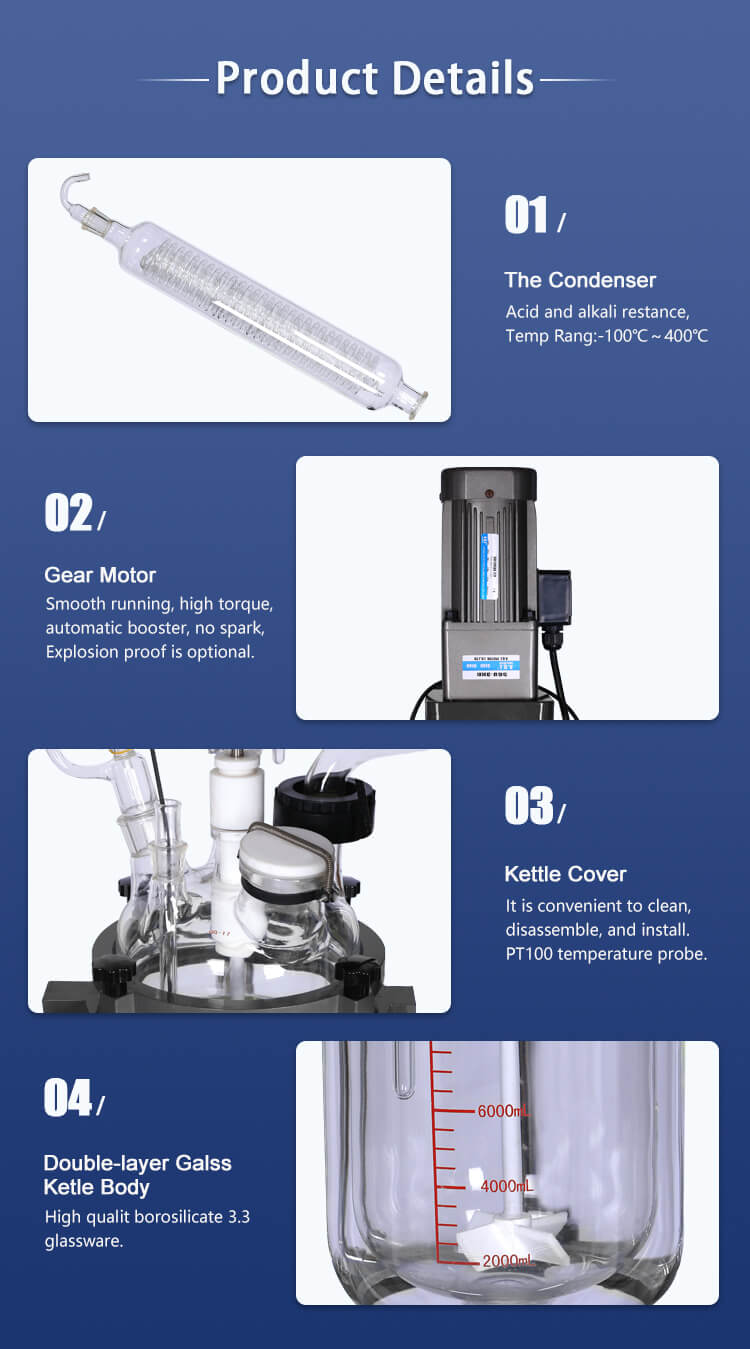
Safety Features
Safety is paramount in any laboratory setting. Glass reflux condenser reactors are equipped with several safety features, including pressure release valves and sturdy clamps. These elements ensure safe operation even under high-pressure or high-temperature conditions.
Reducing Risks
The transparent nature of the glass allows for constant monitoring of the reaction, reducing risks associated with unexpected reactions. Additionally, the use of inert glass minimizes the chance of unwanted chemical interactions.
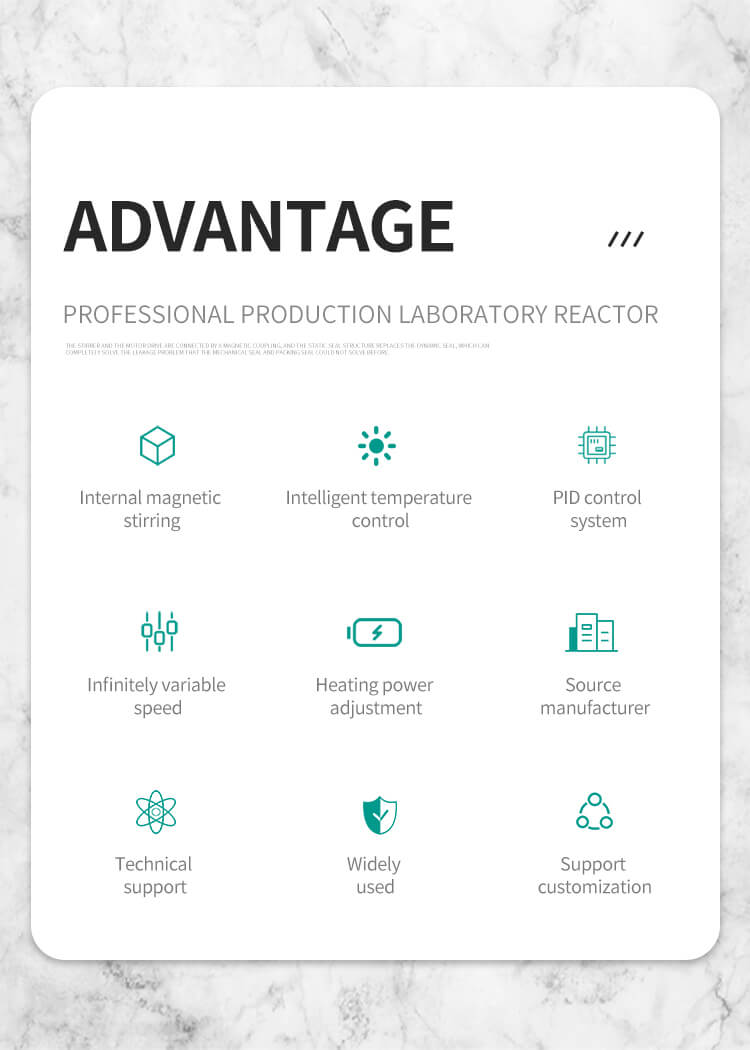
Maintenance and Care
Proper maintenance is crucial for the longevity and efficiency of glass reflux condenser reactors. Regular cleaning and inspection of seals and joints are necessary to prevent leaks and maintain optimal performance.
Cleaning Procedures
Regular cleaning procedures involve disassembling the reactor and carefully cleaning each component. Special attention is given to the condenser and the jacketed vessel to ensure no residues are left that could affect future reactions.
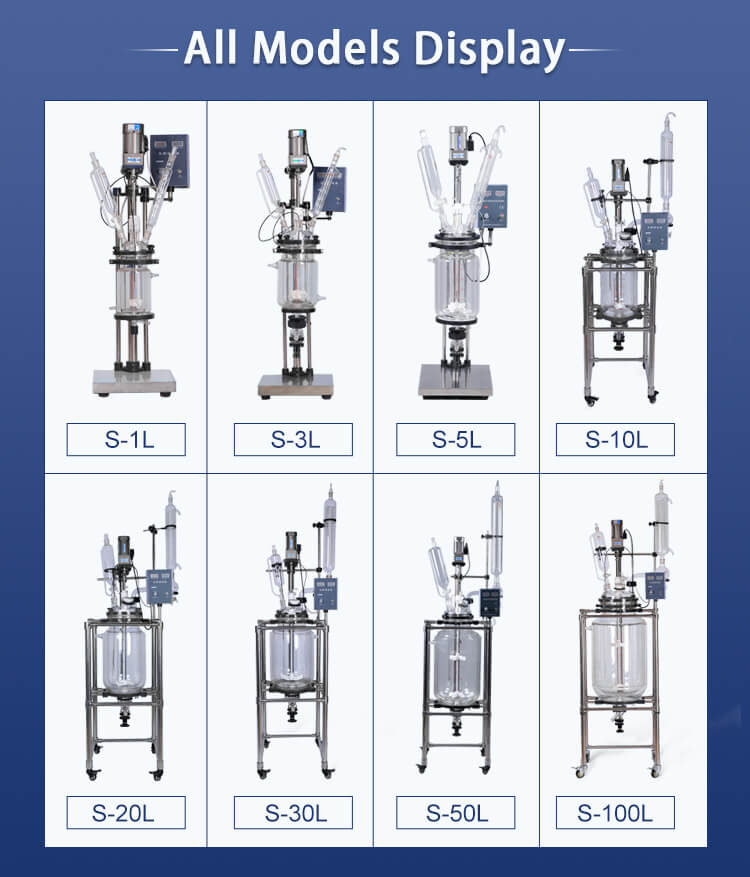
Conclusion
Glass reflux condenser reactors, such as the 10L Jacketed Glass Reactor Vessel, are at the forefront of laboratory technology. Their advanced design, safety features, and ease of maintenance make them an indispensable tool in modern scientific research.
To learn more about how a glass reflux condenser reactor can revolutionize your laboratory procedures, visit ZZKD Machinery and Instrument Equipment Co.,Ltd. Discover the range of high-quality distillation and extraction equipment they offer and take the first step towards enhancing your research capabilities.


